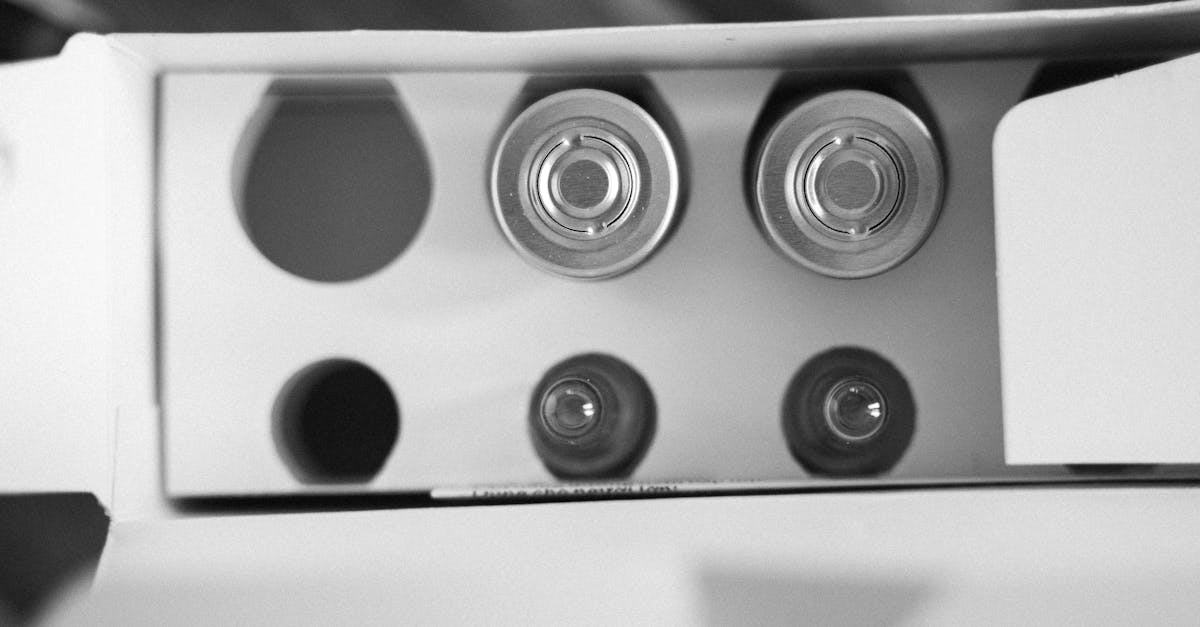The decision to bank your newborn’s umbilical cord blood can be like planting a seed of hope for both your child and your family. For one mother, spurred on by the heart-wrenching experience of her friend’s leukemia battle, banking her newborn’s stem cells felt like arming herself with a shield against the uncertainties of the future. This blog post will delve into the essence of stem cell banking, the processes involved, its potential advantages, and personal anecdotes that underscore its significance.
Understanding Stem Cells
Stem cells are like the building blocks of our body, special cells that can grow into a variety of other cell types. They are pivotal in the fabric of growth, development, and healing. Stem cells found in umbilical cord blood can be harvested and preserved for future medical use. This kind of banking is like a safety deposit box holding key assets, providing access to potentially life-saving treatments for issues like leukemia, sickle cell anemia, and other genetic disorders.
The Banking Process
Banking stem cells begins right at birth. After a baby is born, the umbilical cord is clamped and cut, and blood is collected from the cord itself. This process doesn’t hurt either the mother or the baby, making it a painless procedure. Once gathered, the blood is sent to a facility where it is processed and stored in a cryogenic freezer, akin to putting a valuable piece of art in a temperature-controlled vault. Medical professionals oversee the entire process to ensure it meets the highest safety and effectiveness standards. For more details about the procedure, visit the Baby’s First Test.
Benefits of Stem Cell Banking
One significant advantage of stem cell banking is that it provides a source of matched stem cells for family members who might develop specific health conditions. Research shows that umbilical cord blood can be just as effective as bone marrow transplants when treating certain diseases. Think of it as having a medical safety net ready for siblings and relatives. Additionally, the preserved stem cells can also play a role in clinical trials and treatments as advancements in science continue to evolve.
Personal Stories: A Mother’s Motivation
Every decision around stem cell banking comes from a deeply personal place. For one mother, the painful memory of losing her friend to leukemia became a driving force for action. She recalls,
“I knew that banking my son’s cord blood could be a safety net, not just for him but for others who might face similar battles.”
This narrative illustrates how the experiences of others can steer our choices concerning healthcare and family.
Costs and Considerations
While the advantages of stem cell banking are compelling, it’s crucial to weigh the costs. Most private stem cell banks charge an initial processing fee alongside ongoing storage fees. Families must do their homework and choose a reputable banking service. Some might choose public banks, which are cost-free but might limit access to the banked cells for personal use.
Future of Stem Cell Research
The field of stem cell research is like a quickly changing landscape, with ongoing studies revealing new applications and therapies that could transform treatment options for numerous conditions. Thus, banking stem cells today encapsulates hope not only for current health challenges but also contributes to future medical innovations. For those eager to learn about the latest research findings, visit ClinicalTrials.gov.
Conclusion: A Choice for the Future
In wrapping up, banking stem cells from your newborn’s umbilical cord can be a vital decision for families. It opens doors to potential medical treatments that can benefit not just the child but possibly siblings and relatives as well. With narratives of hope and the promise of future medical advancements, investing in stem cell banking is not merely a precaution; it is a treasure chest of opportunities for healing.
